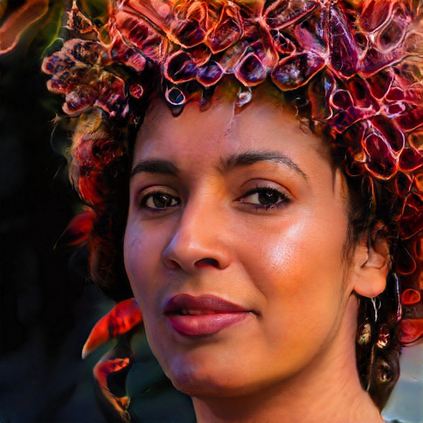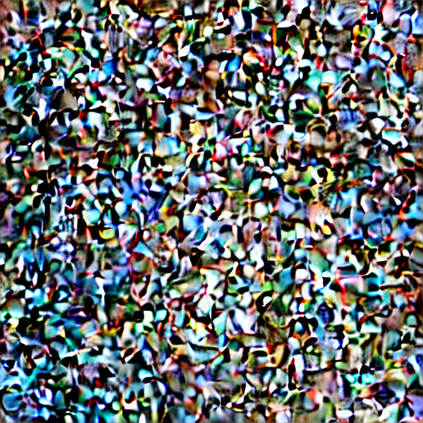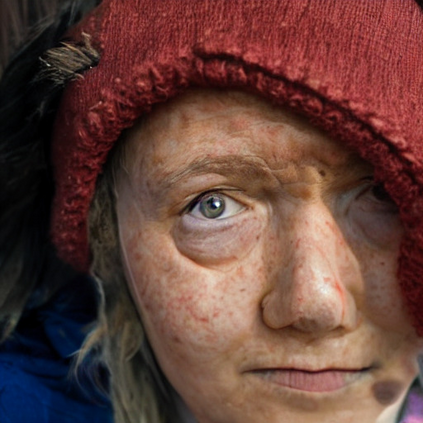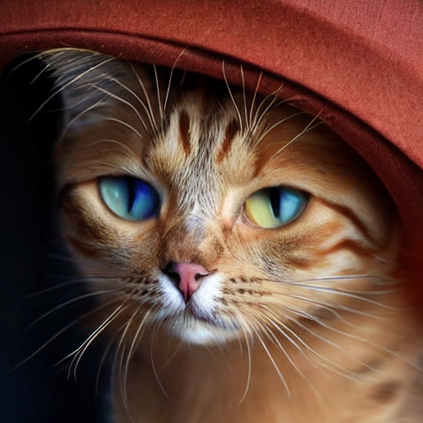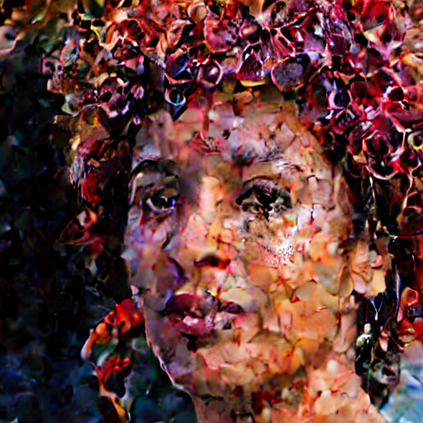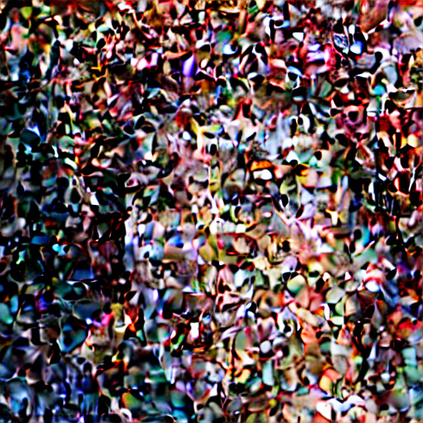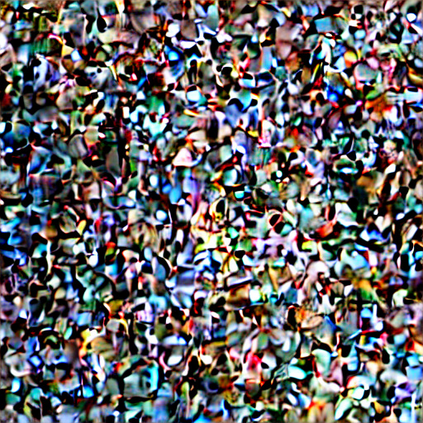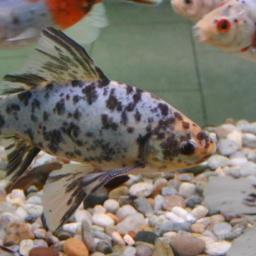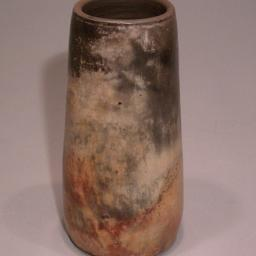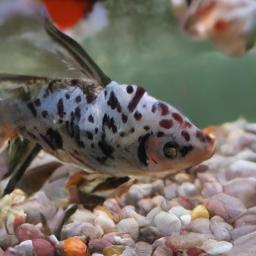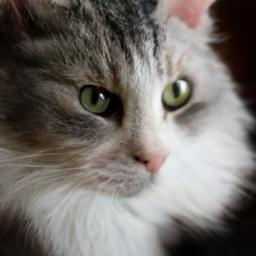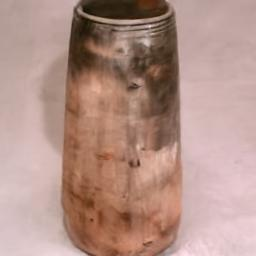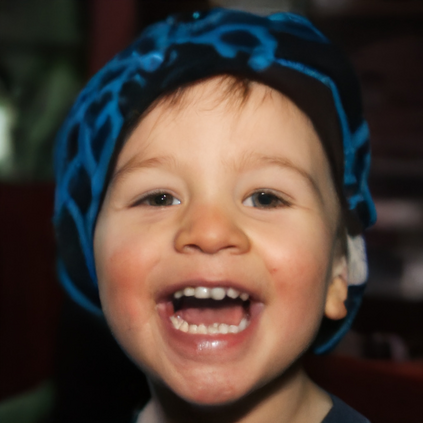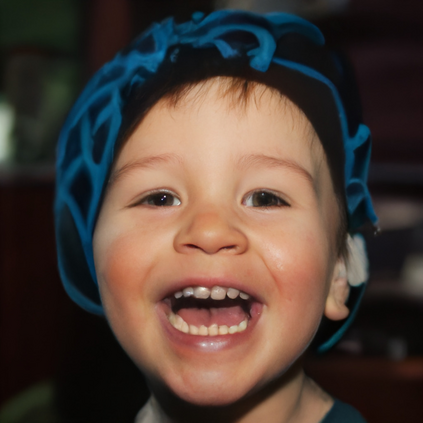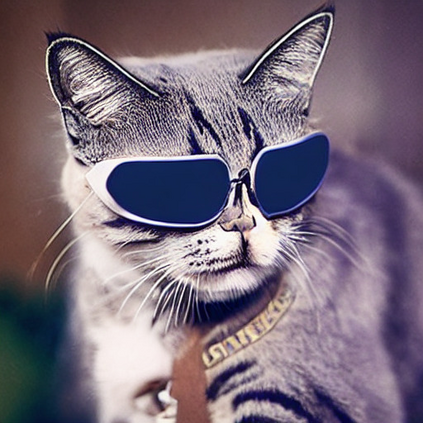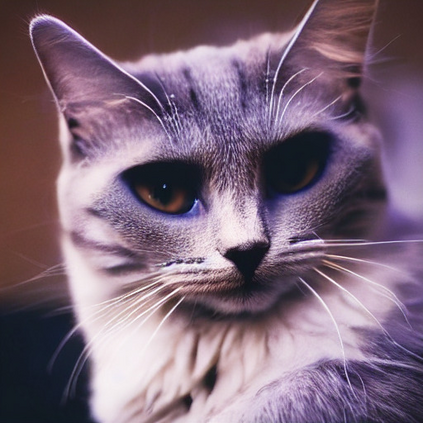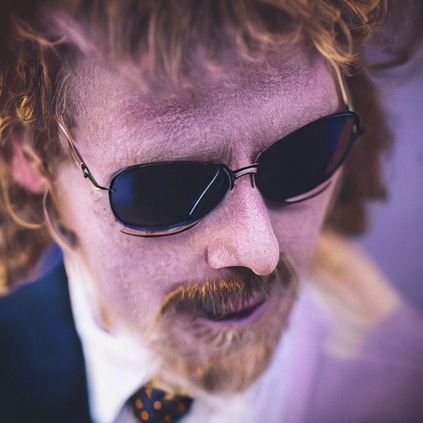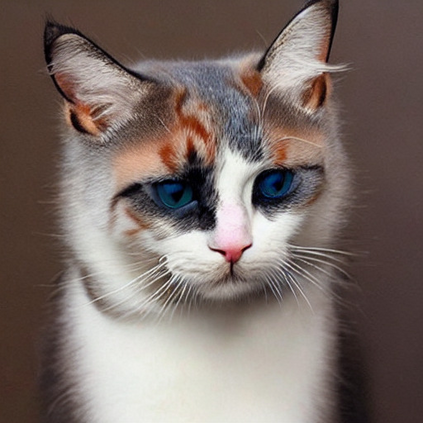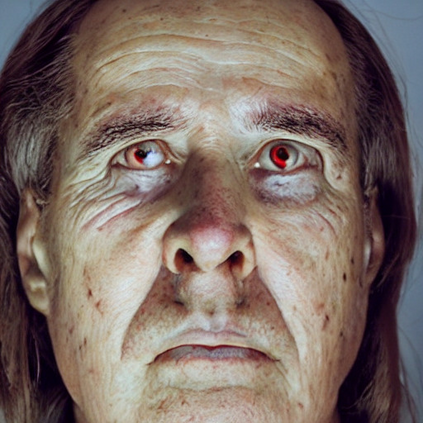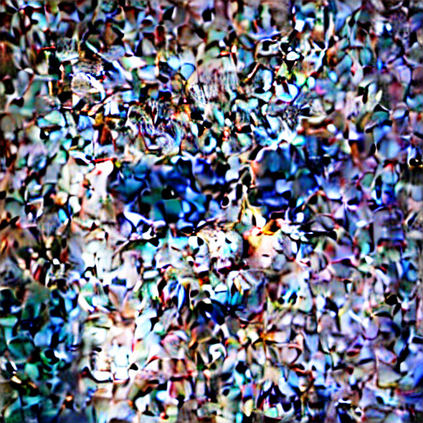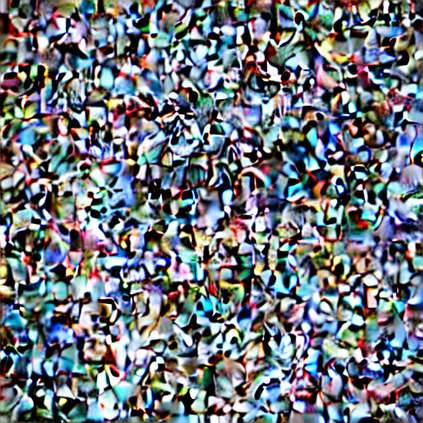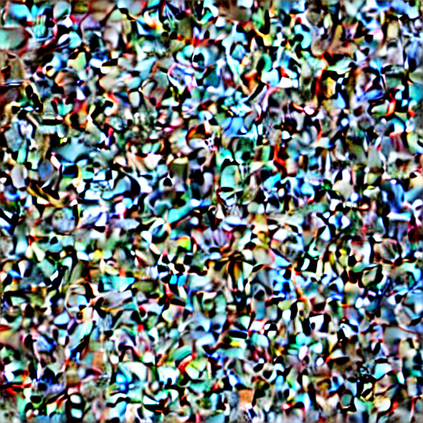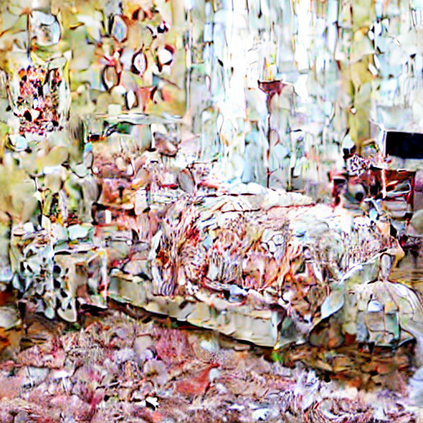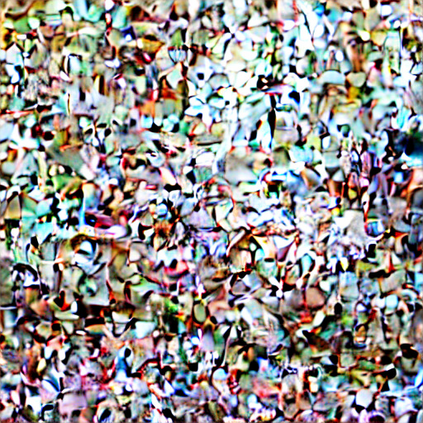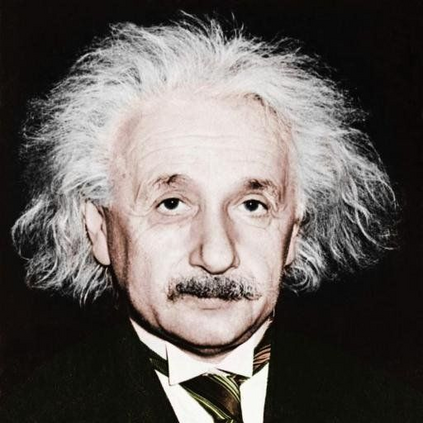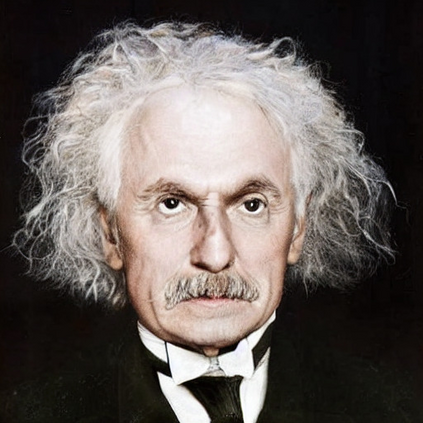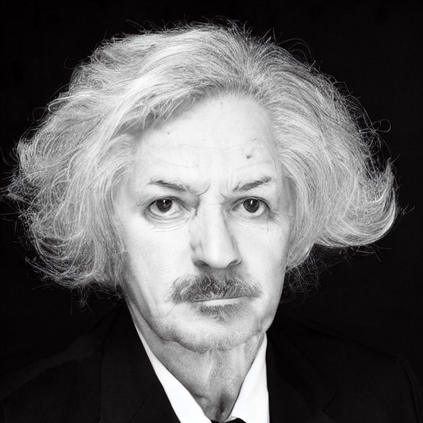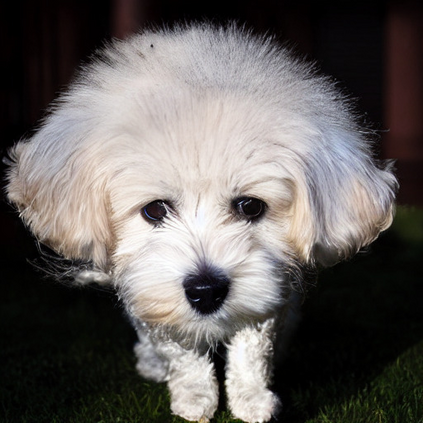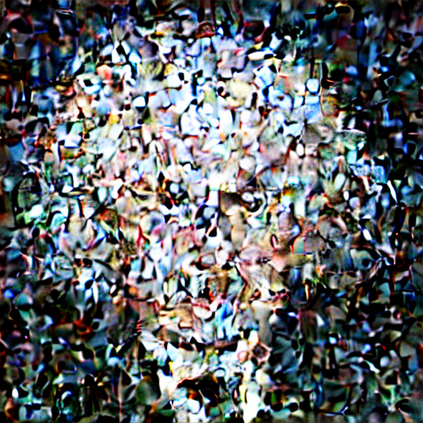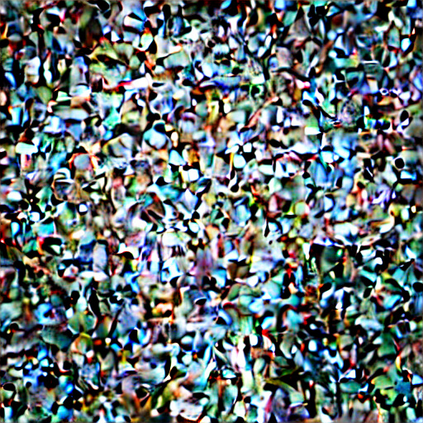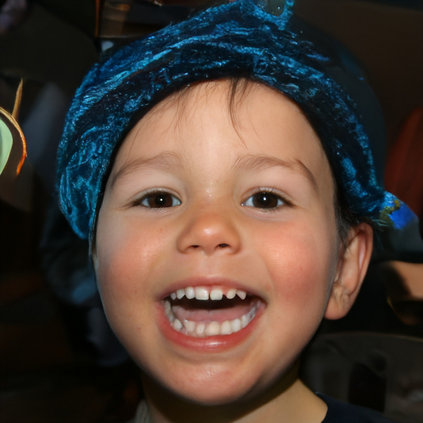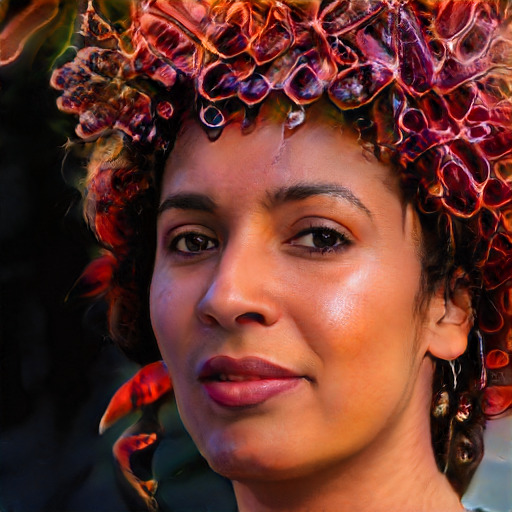Diffusion models can be viewed as mapping points in a high-dimensional latent space onto a low-dimensional learned manifold, typically an image manifold. The intermediate values between the latent space and image manifold can be interpreted as noisy images which are determined by the noise scheduling scheme employed during pre-training. We exploit this interpretation to introduce Boomerang, a local image manifold sampling approach using the dynamics of diffusion models. We call it Boomerang because we first add noise to an input image, moving it closer to the latent space, then bring it back to the image space through diffusion dynamics. We use this method to generate images which are similar, but nonidentical, to the original input images on the image manifold. We are able to set how close the generated image is to the original based on how much noise we add. Additionally, the generated images have a degree of stochasticity, allowing us to locally sample as many times as we want without repetition. We show three applications for which Boomerang can be used. First, we provide a framework for constructing privacy-preserving datasets having controllable degrees of anonymity. Second, we show how to use Boomerang for data augmentation while staying on the image manifold. Third, we introduce a framework for image super-resolution with 8x upsampling. Boomerang does not require any modification to the training of diffusion models and can be used with pretrained models on a single, inexpensive GPU.
翻译:扩散模型可以被视为高维潜层空间的绘图点, 通常是一个图像元体。 潜伏空间和图像元之间的中间值可以被解释为由培训前采用的噪音列表方案决定的噪音图像。 我们利用这种解释来引入波音朗, 一种使用扩散模型动态的本地图像多重采样方法。 我们称它为波音, 因为我们首先在输入图像中添加噪音, 更接近潜伏空间, 然后通过扩散动态将它带回图像空间。 我们使用这种方法生成图像相似但非同质的图像。 我们用这种方法生成图像时可以被解读为与图像中原始输入图像相似但非同质的图像。 我们能够根据我们添加多少噪音来设定生成图像与原始图像的距离。 此外, 生成的图像具有一定的随机性, 使我们可以在不重复的情况下进行多次本地采样。 我们展示了三个应用程序, 可以用来使用 。 首先, 我们提供一个框架来构建具有可控制匿名度的隐私保存数据集。 其次, 我们展示如何使用 Bomerang 模型来使用甚低廉的模型, 将数据复制到 。

